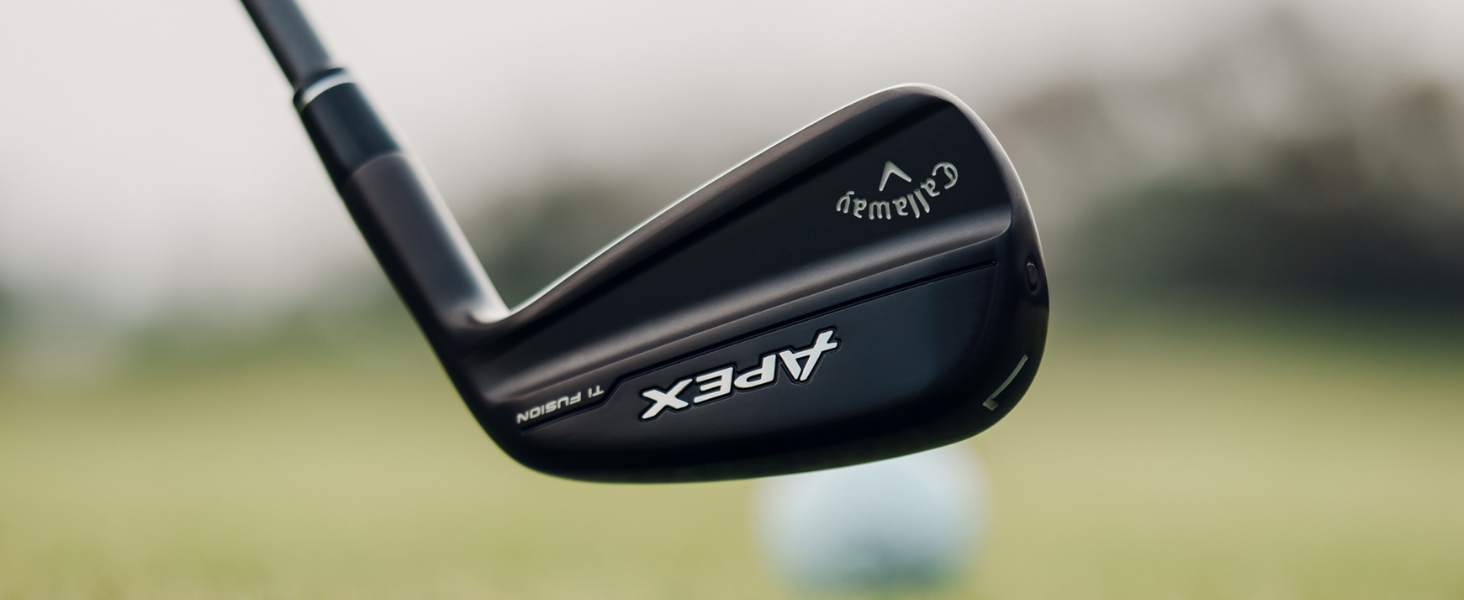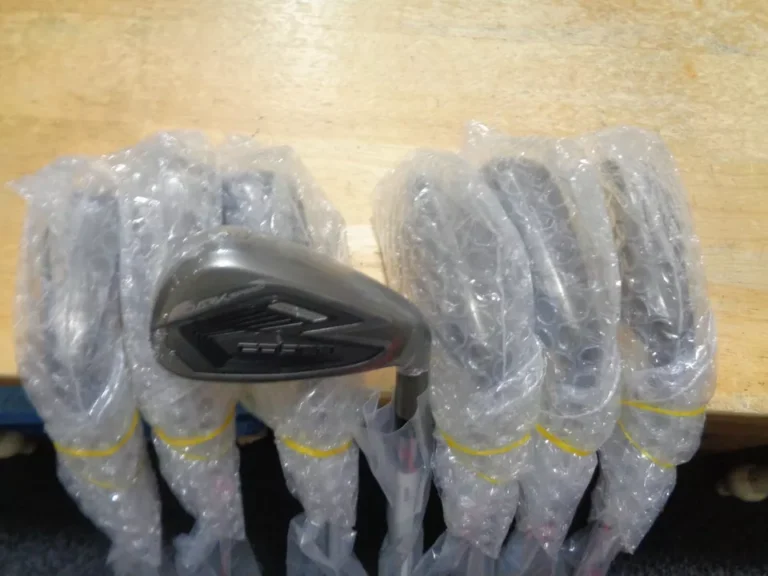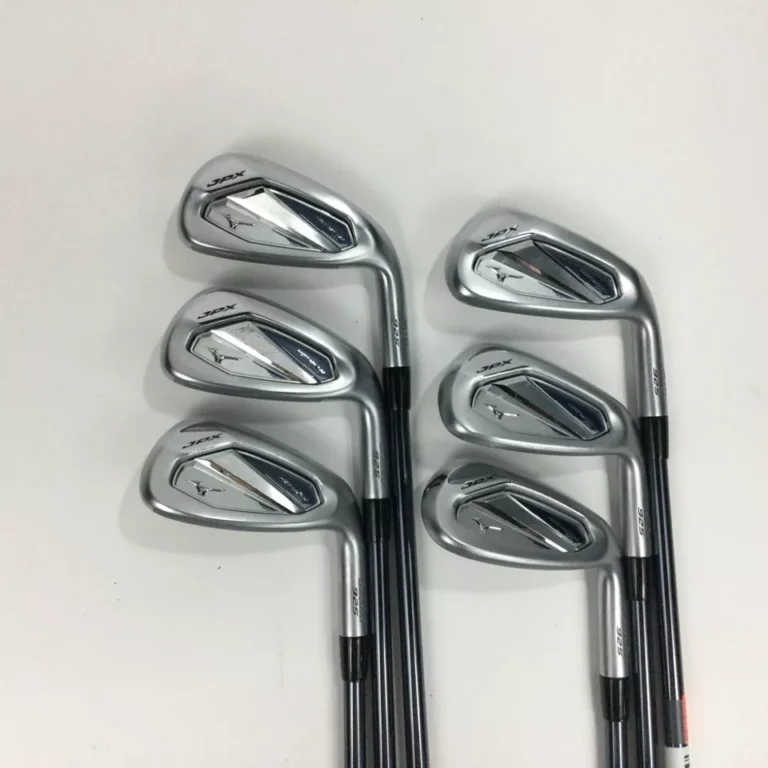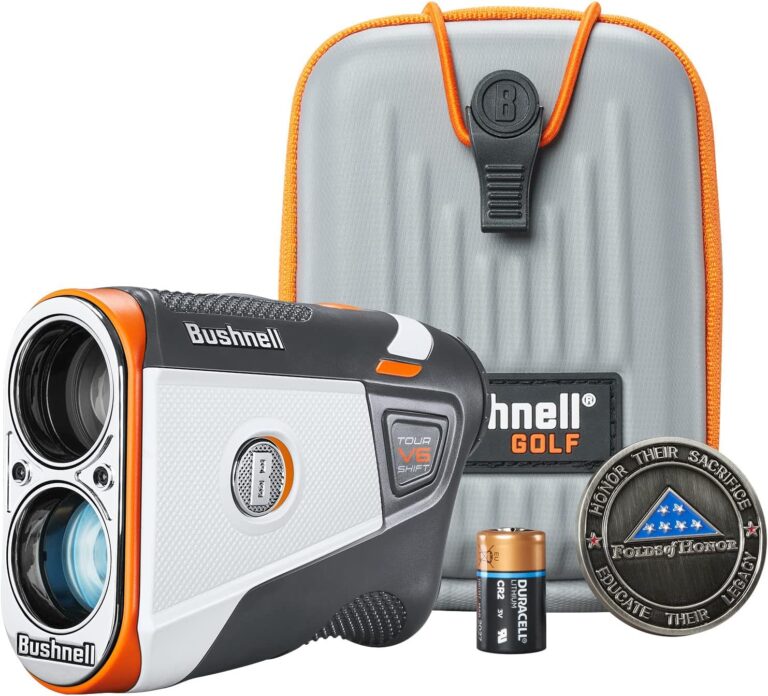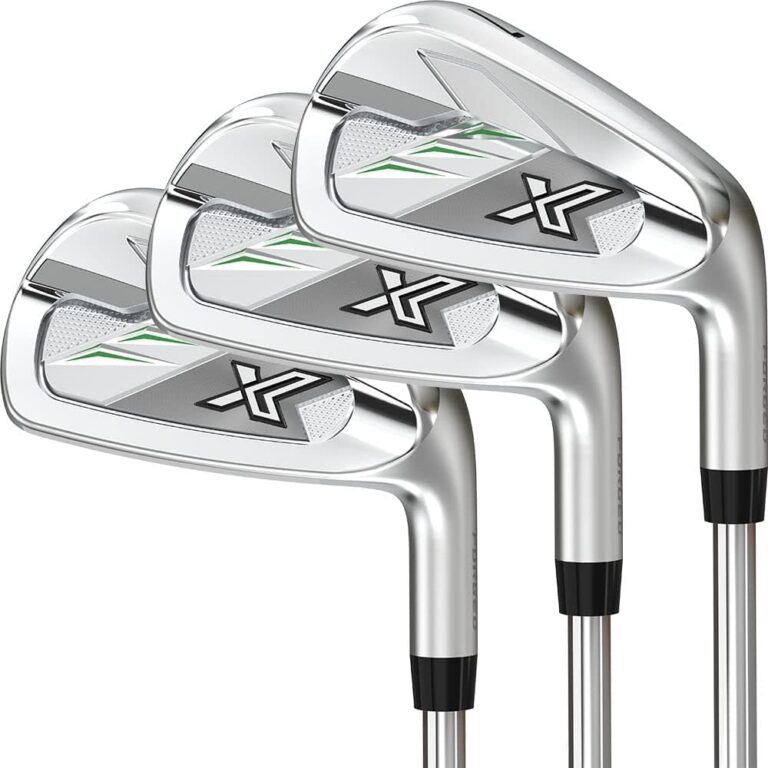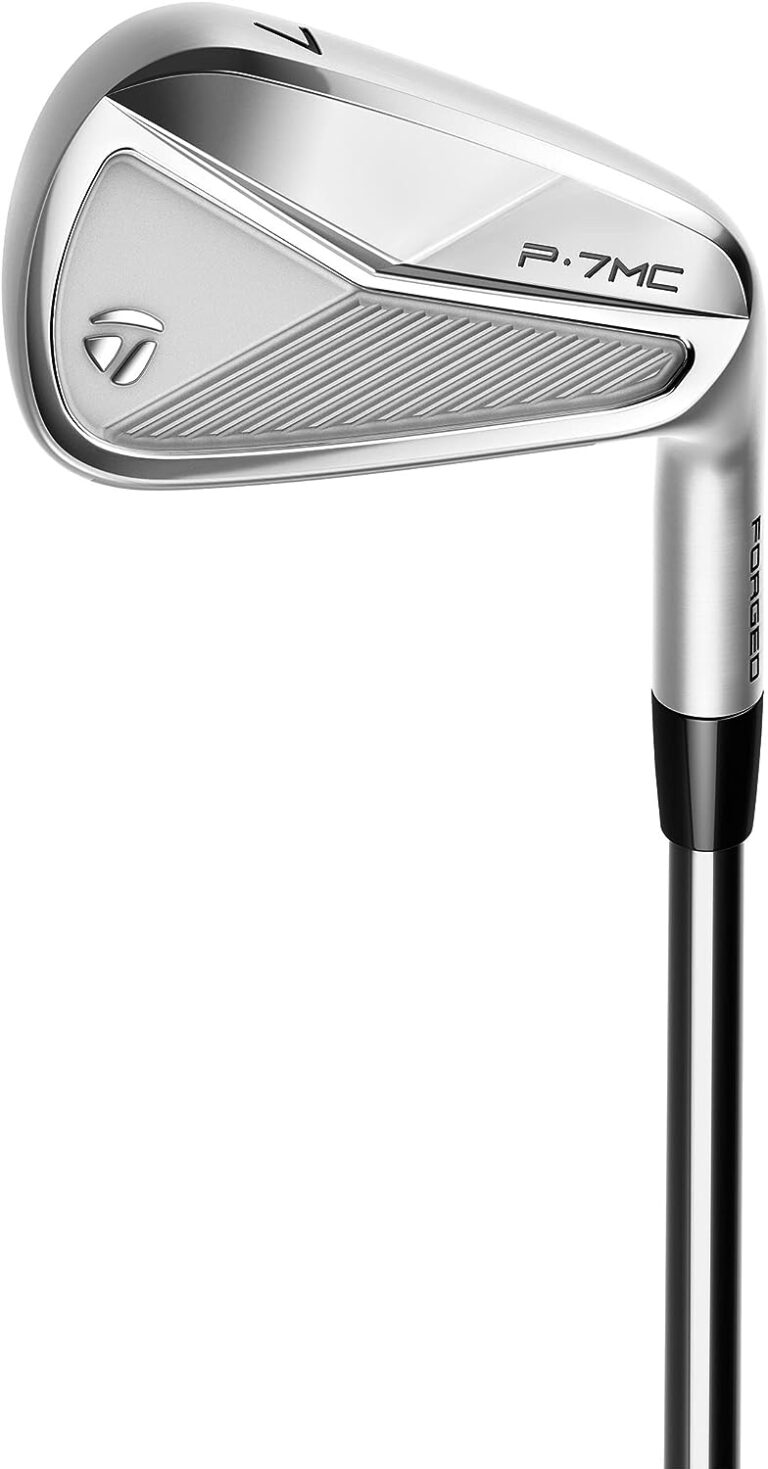Callaway Apex Ti fusion irons review
Welcome to the Callaway Apex Ti fusion irons review. The Callaway Apex Ti Fusion irons are a fascinating new release that aims to raise the bar for what a player performance iron can be. Following the established success of Callaway’s previous Apex lines, these irons add a unique fusion of titanium and forged steel. This combination should catch the attention of any golfer seeking both distance and premium feel.
While the modern Apex family includes popular models—like the Ai200 and Ai300—the Ti Fusion offers a different approach. It mixes in titanium to bring driver-level face technology to a compact iron head.
Many players might recall that earlier Apex ranges leveraged cup faces and AI face design to bump up ball speed. Now, the new titanium face is the next evolution of that theme, intent on preserving feel while boosting consistency on off-centre strikes.
In terms of heritage, the Apex Ti Fusion continues a tradition that began with Callaway’s original Apex irons, launched nearly a decade ago. Those irons helped define the “players-distance” category. Now, to commemorate Apex’s ongoing run, Callaway has introduced something truly innovative.
As the “Ti” in the name suggests, they’ve integrated advanced titanium-laser brazing with a forged hollow-body steel chassis. This is not a standard combination in irons—it’s reminiscent of the way top-end drivers are made. The big question is: Does it live up to the hype?
Callaway Apex Ti fusion irons review: Overview
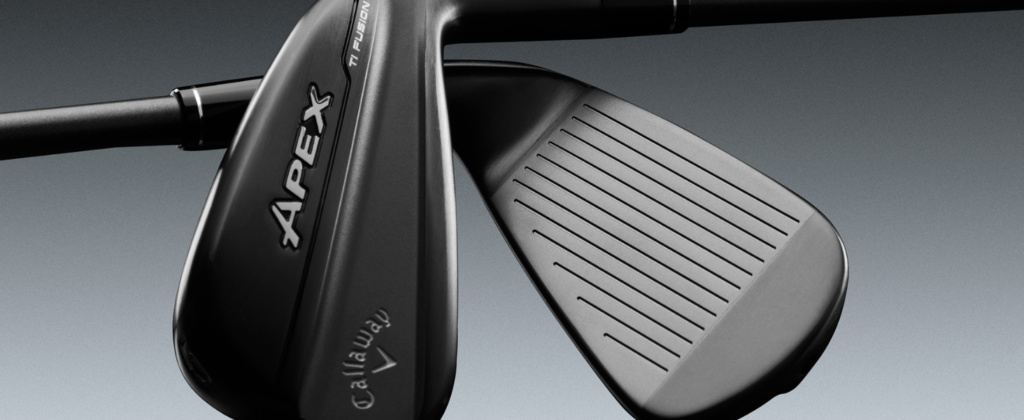
Callaway Apex Ti Fusion Irons
- Design from Superior Materials for unmatched performance
- Larger sweetspot
- Incredible speed
- Unimaginable feel
- Consistent ball speed
At first glance, the Apex Ti Fusion irons look like a premium black-finish set. They merge a compact, blade-like design with the forgiveness typical of game-improvement clubs. The hallmark feature is that titanium face, which is welded onto a hollow steel body.
Because titanium is lighter and stiffer than steel, it can produce more ball speed. This is achieved by allowing the face to flex effectively upon impact while maintaining structural stability around the perimeter. Supposedly, that helps maximise distance while preserving feel.
Callaway has also brought back its patented urethane microspheres in the cavity area. This further cushions vibration for a smoother feel. Moreover, the face design is powered by AI, meaning it’s optimised to deliver consistent spin rates and ball speed across a large portion of the hitting area.
The result is a club with an unusually large sweet spot for a relatively small head shape.
For players who previously avoided “players-distance” irons because they felt too hot or too clicky at impact, this set claims to blend a near-forged sensation. It provides the high launch and stability that modern multi-material clubs can offer. In addition, that forging process in the steel body augments what the titanium face can accomplish.
The initial wave of feedback from testers suggests that you get a crisp, stable strike sensation that doesn’t lose its warmth.
Look/Design
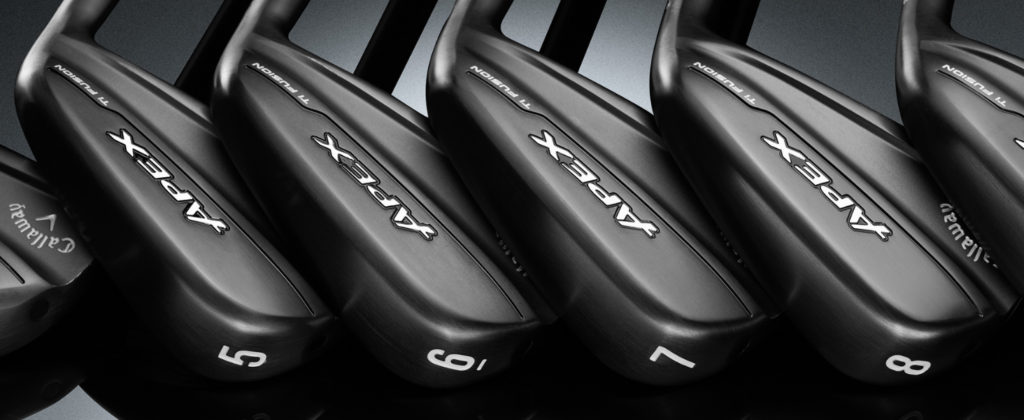
If you’re someone who enjoys a modern aesthetic, the Apex Ti Fusion irons won’t disappoint. They come in a dark, Diamond-Like Coating (DLC) finish—a step up in durability compared to some PVD finishes—though you might notice typical wear eventually, especially on sole and face areas[2][8][10]. Still, out of the box, they are visually striking, especially for a player’s profile iron. The top line sits on the thinner side compared to many game-improvement irons, and the offset is minimal, so the shape appeals to the eye of better players. Nonetheless, it’s not so tiny as to scare off mid-handicappers, who might still appreciate some perimeter weight help.
When you flip the irons over, you’ll see the sleek cavities sporting the “Apex Ti Fusion” badging. There’s also a modest undercut area that helps expand the hitting zone. Because these irons aren’t plated, the relatively raw black finish can show dings over time, but many golfers may appreciate that worn-in look. Overall, from a bag appeal standpoint, you’re getting a set that stands out amongst more conventional chrome offerings.
Features/Technology
Titanium Face
This is the central story behind the Apex Ti Fusion irons. Titanium, typically seen in drivers and fairway woods, is lighter and thinner compared to steel yet retains excellent strength. By brazing a thin titanium face onto a forged steel hollow body, Callaway effectively harnesses driver-like face flex in an iron shape.
Forged Steel Body & AI Face Optimisation
To counterbalance the lightweight face, the remaining mass is distributed throughout the body in a forged steel chassis. The advanced face mapping—referred to as “AI Smart Face”—seeks to produce tight spin and speed dispersions across more impact points.
This means consistent spin rates whether you land it slightly on the heel or out toward the toe. Combined with microspheres in the interior cavity, you get a stable impact feel plus a control element that ensures you aren’t hitting knuckleballs off slight mis-hits.
Hollow-Body Construction & Microspheres
The steel body is hollow, allowing engineers to place urethane microspheres behind the titanium face. That feature dampens unwanted vibrations without muting good feedback. It helps produce a forging-like sensation at impact, so the iron doesn’t sound overly metallic.
Dark DLC Finish
The black hue is not merely decorative. DLC is recognised for its improved scratch-resistance over older PVD finishes. While some cosmetic wear is inevitable, this finish is designed to preserve its stealthy look for longer.
Many testers have noted that some scuffs can show up over time. Even so, many consider the black colour a welcome departure from standard silver.
Callaway Apex Ti fusion irons Specification.
Callaway typically offers the Apex Ti Fusion in a 4-PW set, with an optional 3-iron and AW also available. The loft matrix edges slightly stronger than older forged irons but not excessively. Here’s a typical breakdown for loft and length:
| Club | Loft | Lie Angle | Length | Offset | RH/LH |
|---|---|---|---|---|---|
| 3 | 19° | 60° | 39.00″ | 4.1mm | RH/LH |
| 4 | 21° | 60.5° | 38.50″ | 3.9mm | RH/LH |
| 5 | 23.5° | 61° | 38.00″ | 3.6mm | RH/LH |
| 6 | 26.5° | 61.5° | 37.50″ | 3.3mm | RH/LH |
| 7 | 30.5° | 62° | 37.00″ | 2.9mm | RH/LH |
| 8 | 34.5° | 62.5° | 36.50″ | 2.5mm | RH/LH |
| 9 | 38.5° | 63° | 36.00″ | 2.2mm | RH/LH |
| PW | 43° | 63.25° | 35.75″ | 1.8mm | RH/LH |
| AW | 48° | 63.5° | 35.50″ | 1.5mm | RH/LH |
The stock steel shaft option is often the True Temper Dynamic Gold Mid 100 in a gunmetal finish. Graphite alternatives like a Mitsubishi MMT or something similar might be available depending on your region or custom offerings.
In terms of cost, the Apex Ti Fusion ranks quite high on the price scale; it’s typically around £300 per club, pushing a full set to £2,000 or more, depending on the composition of your set.
Performance

Distance
The combination of a titanium face plus a forged hollow-body design yields an iron that can ramp up ball speed more efficiently than many single-piece irons. When you strike one flush, you’ll likely see impressive carry distances—comparable to or better than many popular “players-distance” irons. Because the lofts are moderate, you’re not looking at an aggressively cranked 7-iron that’s effectively a 6-iron in disguise. Instead, the design synergy is what helps deliver distance. Titanium’s elasticity can maintain strong ball speeds even if you strike slightly toward the toe or low on the face.
One important note: some testers report that distance can vary more with the wrong shaft or if you don’t consistently hit the centre.
Provided you’re fit into the right shaft profile, you should see reliable yardages that match or surpass your current gamer.
Callaway describes Ti Fusion as a players-performance iron, but it’s actually quite forgiving in that category. The extra perimeter weighting, made possible by the lighter face, raises MOI.
If you don’t strike it perfectly, the clubhead won’t twist as drastically, so you still get decent ball speed and direction.
Callaway describes Ti Fusion as a players-performance iron, but it’s actually quite forgiving in that category. The extra perimeter weighting, made possible by the lighter face, raises MOI. If you don’t strike it perfectly, the clubhead won’t twist as drastically, so you still get decent ball speed and direction. The “consistency” factor is a core selling point, with testers noting better results even on suboptimal swings[2][3][9]. If your contact pattern isn’t especially precise, you’ll likely appreciate the sweet spot coverage, which extends across a fairly large portion of the face.
Feel & Sound
The presence of urethane microspheres plus the forged steel body does wonders for the acoustics. On centred hits, the irons produce a subdued yet crisp “click,” quieter than what you might associate with typical hollow-body irons.
While it might not replicate the exact softness of a one-piece forging, the sensation is appealing enough for many single-digit handicappers who do not want an overly harsh or hollow feeling.
Playability/Trajectory
One benefit of titanium is that weight can be moved to the periphery or lower in the head. This helps elevate the ball more easily. Despite somewhat strong lofts, you can still achieve a mid-to-high ball flight that lands softly.
Spin rates are around mid-level, which means you won’t have to worry about dropping your spin so low that you can’t hold greens.
Pros & Cons
Pros
- Innovative Titanium Face: Offers legitimate leaps in ball speed and forgiveness for its category.
- Excellent Feel: Thanks to advanced brazing, the Ai Smart Face, and microspheres, the irons have a crisp-yet-soft feedback.
- Sleek Aesthetic: The DLC black finish and minimal offset create a premium, modern look at address.
- Solid Forgiveness for a Smaller Profile: Toe and heel strikes frequently maintain distance and decent accuracy.
Cons
- Premium Cost: At around $2,000 or more per set, this iron is a significant investment[2][8][21].
- Potential Finish Wear: Although DLC is more durable than older PVD, typical scuffing may show in high-friction areas over time[2][10].
- Distance Variability: Some testers felt they needed the right shaft to unlock consistent yardages; otherwise, there can be some gapping concerns if your contact isn’t consistent[8][20].
Comparison with similar models.

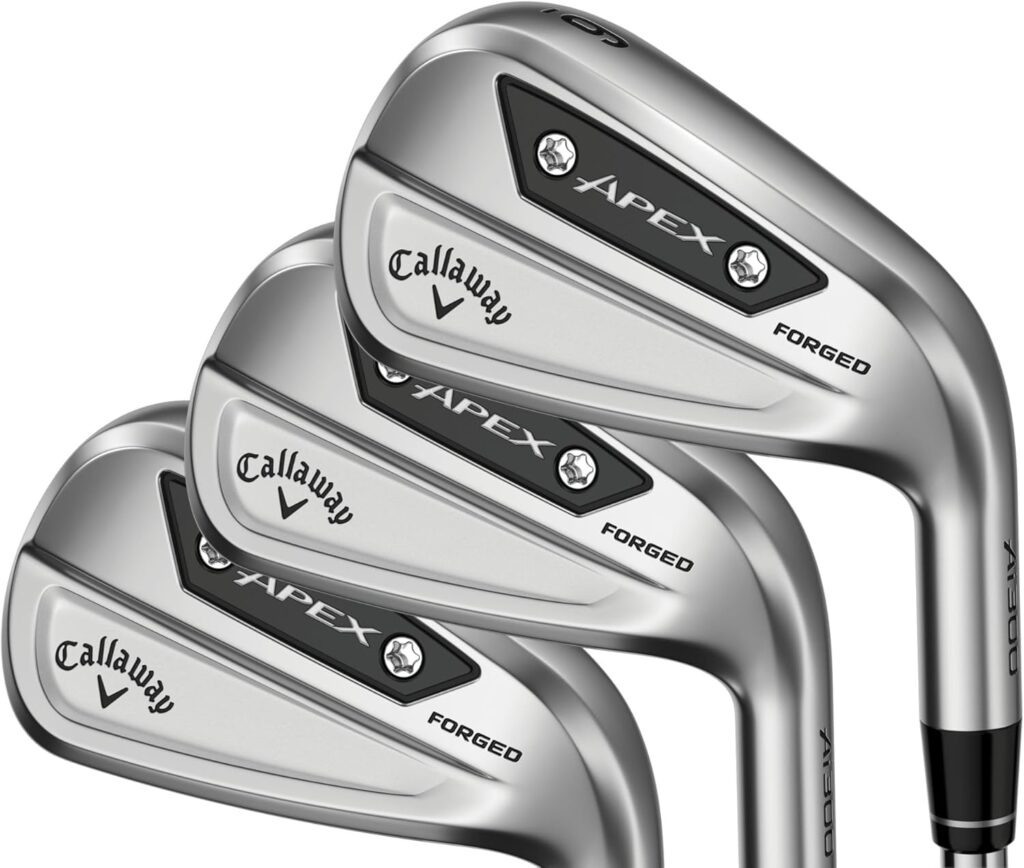
Within Callaway’s stable, comparing the Apex Ti Fusion to the Ai200 or Ai300 is logical. These other irons rely on a forged 455 steel face cup, whereas the Ti Fusion goes all-in on titanium. Performance-wise, both Ai200 and Ai300 are strong distance models, but they maintain more of a “conventional” cup face rather than the driver-like face insertion that the Ti Fusion uses[3][4]. Most find the Ti Fusion slightly more potent in terms of ball speed, yet it remains compact and appealing to lower handicappers. The Ai200 and Ai300 might be more budget-friendly, but if ultimate technology is your focus—and you can handle a loftier price—the Ti Fusion stands as Callaway’s ultra-premium statement piece.
If you look beyond Callaway to other brands, these irons compete with some high-end players-distance offerings. Clubs like Titleist’s T150 share the same ethos of combining a moderately sized shape with plenty of distance. Another potential comparison is the Cobra 3D-printed irons, which also represent a big leap in materials and construction. That said, the Ti Fusion’s unique usage of titanium brazed to a steel forging remains distinctly innovative and may produce a different type of feel and flight.
Who can play this Club?
While the name “Ti Fusion” might suggest it’s for advanced golfers only, that’s not necessarily the case. The moderate lofts, hollow-body design, and perimeter weighting make these irons surprisingly playable for a decent range of handicaps.
Low handicap players who want a sleeker look without sacrificing forgiveness will particularly benefit, as will mid-handicappers who crave a premium vibe in a high-tech iron.
It’s important to consider your budget as well. The Apex Ti Fusion irons are pricey enough to be viewed almost as a “luxury concept” set, so they tend to attract golfers keen on unique technology or those with more disposable income. Nonetheless, if you fit the performance profile—medium to fast clubhead speed, decent ball-striking ability, but in need of some help on tight dispersion—this set can absolutely work wonders.
Conclusion

Callaway has never shied away from pushing boundaries, and the Apex Ti Fusion irons are a bold expression of that philosophy. By blending a titanium face, a hollow forged steel body, and AI-driven face designs, they’ve effectively merged the faster-face benefits we see in drivers and fairway woods with the shaping and feedback typical of a refined players iron.
Another highlight is the comfortable, stable feel they produce, especially on flush strikes. You don’t have to be a tour pro or single-digit handicap to appreciate the consistent trajectory and improved mis-hit results.
Of course, that kind of technology carries a premium price tag. If you can’t rationalize the upcharge, there are other models—within the Callaway range or from competing brands—that offer a balance of distance and feel at a slightly lower cost.
However, if you’re enticed by the concept of a cutting-edge, advanced-material iron that doesn’t compromise too much on look or feedback, then the Apex Ti Fusion might be exactly what you’re searching for.
If you have played the Ti Fusion irons, kindly drop a comment below and let us know how you feel about this irons.

